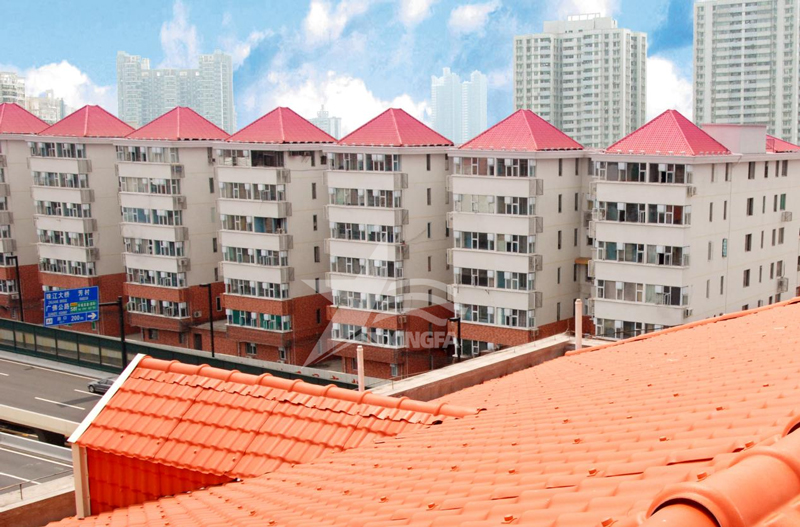Synthetic tile roofing is a common building material, and its unique lotus leaf effect gives it excellent self-cleaning capabilities. The lotus leaf effect is inspired by the microstructure of the lotus leaf surface in nature. These tiny bumps make the water droplets appear highly spherical on the surface. With a gentle roll, the water droplets can take away dust and dirt, keeping the surface intact. clean.

Synthetic tile roofing achieve a similar self-cleaning mechanism by imitating the microstructure design on the surface of lotus leaves. The slight undulations on its surface can reduce the contact area between water droplets and the surface, making it easier for water droplets to roll and take away attached dust and dirt. This special surface structure allows rainwater to effectively clean the resin tile surface, reducing the frequency and cost of manual cleaning.

Because synthetic tile roofing have good self-cleaning capabilities, they are widely used in building materials. Whether it is roofs, walls or other outdoor components, synthetic tile roofing can be chosen as materials, thereby reducing maintenance costs and extending the service life of the building. At the same time, this self-cleaning ability also meets modern society’s requirements for environmental protection and energy saving, making resin tiles an ideal green building material.

